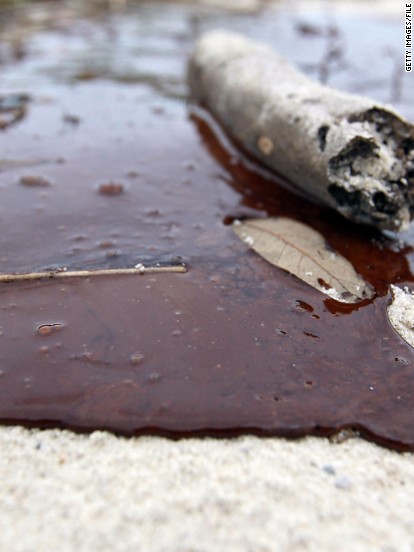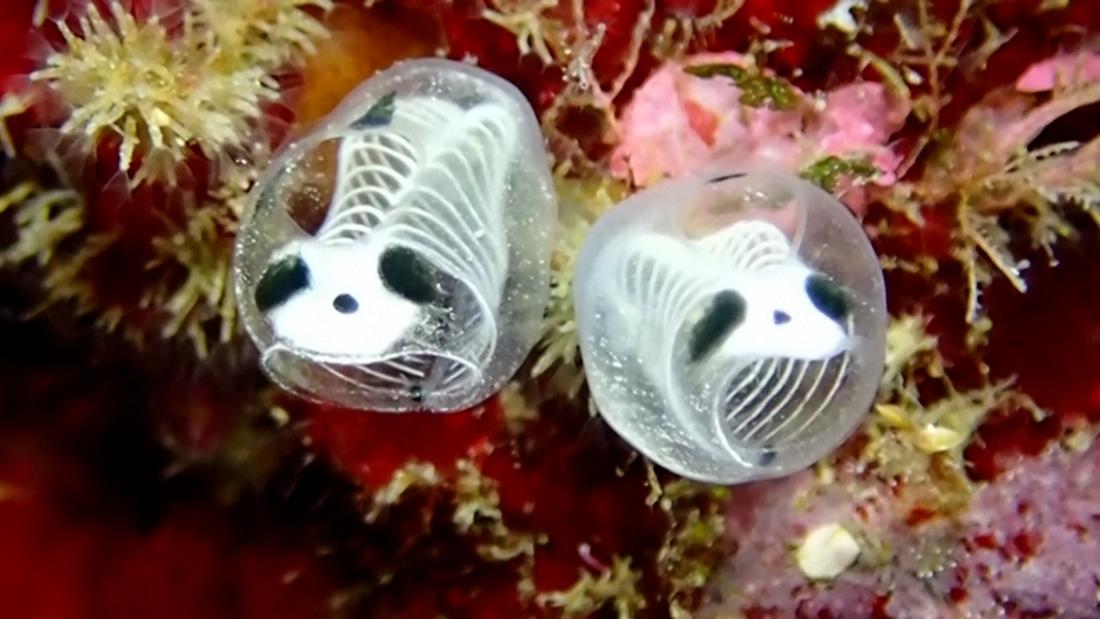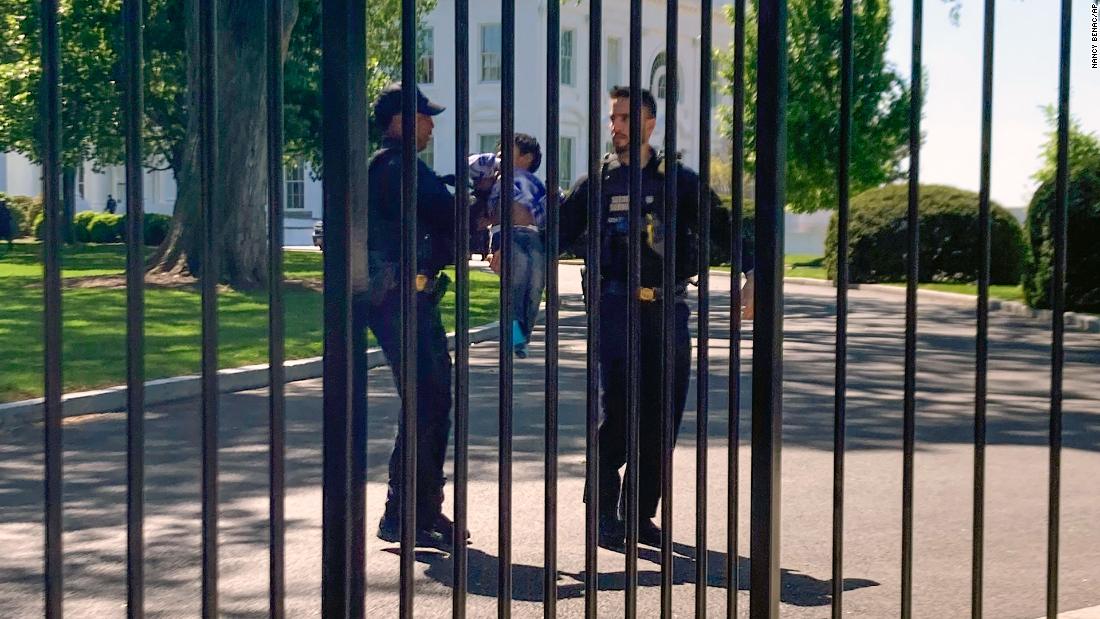BRITAIN’S top defence brainboxes have unveiled a Bond-style underwater drone designed to stop Putin’s cable-cutting saboteurs in their tracks.
The super sub can hunt out and destroy sabotage threats lurking on the seabed – by blowing them to smithereens.
UK GovThe underwater drone can prevent adversaries from sabotaging undersea cables and pipelines by disarming or removing threats[/caption]
UK GovThe high-tech robot has already been trialled Portsmouth’s Horsea Island, Portland Harbour, South Wales and Norway[/caption]
UK GOVThe sub targets any potential saboteurs by blowing them to smithereens[/caption]
Developed by the MoD’s Defence Science and Technology Laboratory (Dstl), it is armed and ready to protect the UK’s vital undersea cables and pipelines.
Using a remotely operated vehicle (ROV), Dstl’s boffins have added cutting-edge sensors, cameras, and explosive systems to high-tech underwater robot.
That way, operators are able to spot unexploded bombs, place charges remotely, and safely neutralise the threat — without risking Royal Navy divers.
John, a Dstl explosives engineer, said: “This technology would be a valuable toolset for keeping our Armed Forces safe whilst providing the public with value for money.
“This unique capability with its sensors, tools and cameras will give operators a real time ability to deal with these underwater hazards in a safe, effective and efficient way.”
The underwater drone goes deeper than any diver can, staying down for far longer and working tirelessly.
It can be launched from a ship or even a shoreline, sending back sonar and video feeds to operators who remain at a safe distance while disarming explosives or fending off hostile actions.
Crucially, it’s reusable. Once a threat is neutralised, the drone sub lives to dive another day – cutting costs while keeping seas safe.
The project is also a win for British industry, supporting specialist jobs through partnerships with firms like Alford Technologies, Atlantas Marine, Sonardyne and ECS Special Projects.
Trials have already taken place in Portsmouth’s Horsea Island, Portland Harbour, South Wales and as far afield as Norway.
The Royal Navy is now developing tactics and techniques to make full use of the new tech.
The Ministry of Defence hailed the innovation on social media, calling it a leap forward in protecting sailors and vital undersea cables.
The new underwater drone arrives amid warnings about Russian undersea activity in UK waters.
In April, it was revealed that Kremlin spy sensors had been found close to British territory — believed to be tracking the Royal Navy’s nuclear submarines.
The sensors, reportedly deployed using Russian oligarchs’ luxury yachts, were discovered washed ashore and picked up by Navy minehunter ships.
Officials fear the covert operation could be part of a wider “greyzone” campaign to gather intelligence and target undersea infrastructure.
Royal Navy and RAF assets were scrambled last November when the suspected Russian spy ship Yantar was seen “lurking around pipelines and internet cables” in the Irish Sea.
Around the same time, RAF fighter jets intercepted a Russian warplane over the North Sea, and unmanned Russian underwater vehicles were also detected near communication cables.
SWNSThe Minehunter HMS Cattistock (R) shadowing Admiral Vladimirsky through the English Channel[/caption]
One senior source told The Sunday Times: “It’s a bit like the space race. This is a world clouded in secrecy and subterfuge… but there’s enough smoke to suggest something is on fire somewhere.”
In March, HMS Cattistock and a Wildcat helicopter were sent to monitor the Admiral Vladimirskiy, a so-called research ship revealed in 2023 to be a spy vessel suspected of probing Britain’s power supply and internet links.
HMS Somerset and other Royal Navy units were also deployed multiple times to escort Russian vessels including a beach landing ship returning from the Mediterranean.
At least 11 internet cables in the Baltic Sea have been damaged in the past 15 months — some suspected to have been dragged by Russian ships — while surface vessels like the Admiral Vladimirskiy have continued probing waters near the UK.
In response, military chiefs are drawing up Operation Atlantic Bastion — a sweeping new patrol mission using air, land and sea forces to defend UK and Nato interests in the North Atlantic.
What is the Defence Science and Technology Laboratory?
THE Defence Science and Technology Laboratory — better known as Dstl — is the UK government’s secretive hub of military innovation.
Based at Porton Down in Wiltshire, it’s packed with some of Britain’s brightest scientific minds, often likened to James Bond’s Q Branch.
Part of the Ministry of Defence, Dstl works behind the scenes to give UK Armed Forces a cutting-edge advantage.
From cyber warfare and AI to battlefield tech and bio-defence, it develops, tests and fine-tunes everything that keeps British troops one step ahead.
Dstl collaborates with industry, universities and international partners, but much of its work remains classified.
Its projects aren’t just for warfighting — they’re designed to save lives, protect national infrastructure, and deliver tech that punches well above its weight on the world stage.
Published: [#item_custom_pubDate]














































































































